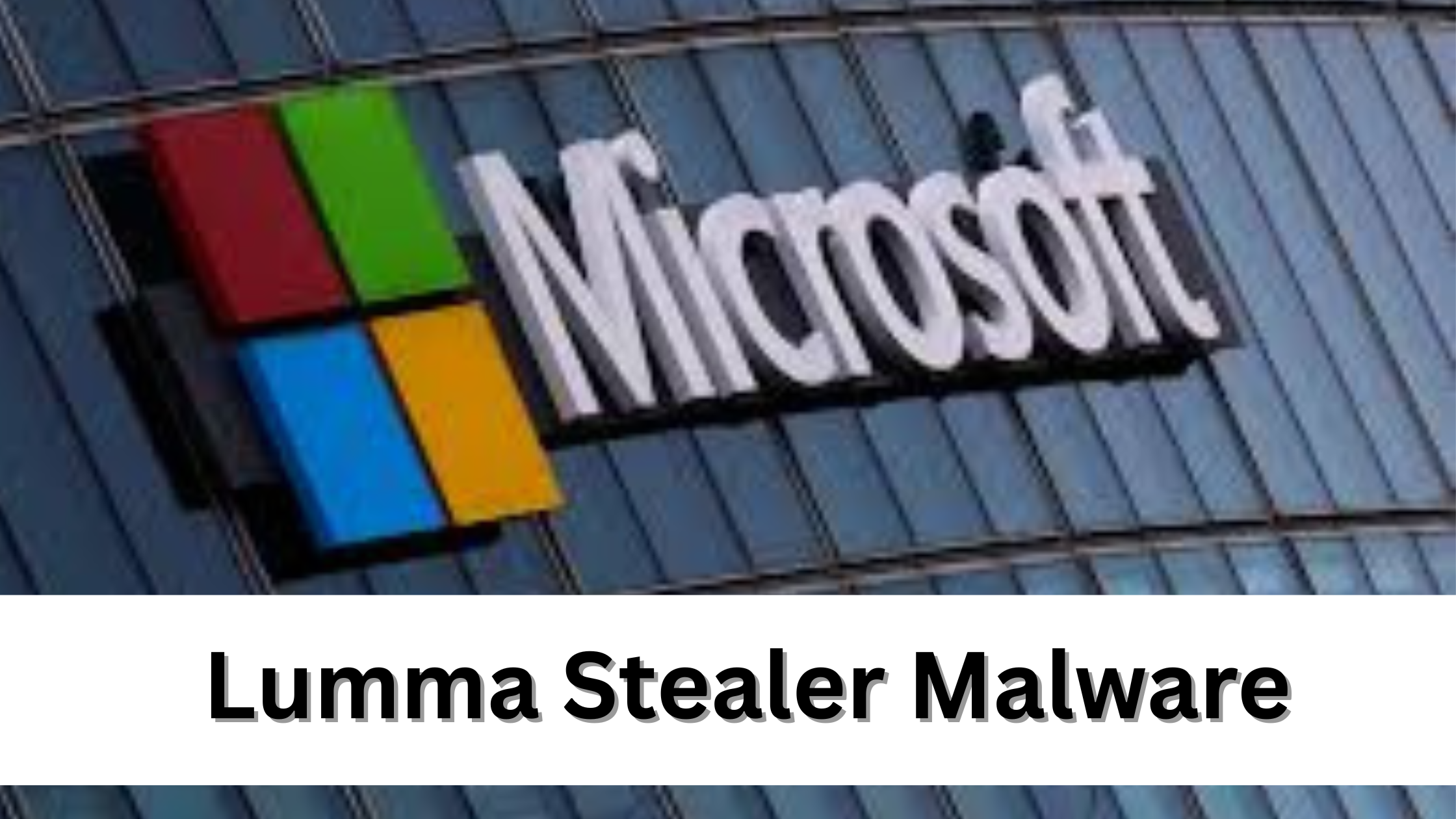Microsoft and Allies Eradicate Key Components of Lumma Stealer

Microsoft, in collaboration with Global Authorities, successfully dismantled the Lumma Stealer malware network, marking a major victory against cybercriminal operations worldwide. The takedown involved Europol, the U.S. Department of Justice (DOJ), Japan’s Cybercrime Control Center (JC3), and Microsoft’s Digital Crimes Unit (DCU). The coordinated action seized thousands of domains and command-and-control servers, cutting off the malware’s infrastructure and protecting millions of users and businesses globally.
Understanding Lumma Stealer
Lumma Stealer, also known as LummaC2, is a malware-as-a-service (MaaS) platform designed to steal sensitive information from infected devices. It can harvest browser credentials, cookies, autofill data, system metadata, and cryptocurrency wallets. The malware’s modular design allows cybercriminals to deploy customizable payloads and C2 configurations, making it highly adaptable and difficult to detect. Organizations affected by Lumma Stealer face risks including data breaches, financial losses, and reputational damage.
Global Spread and Infection Scale
Microsoft identified over 394,000 Windows devices infected with Lumma Stealer between March and May 2025. The malware spread through phishing campaigns, malicious downloads, compromised websites, and drive-by attacks. Once installed, Lumma Stealer silently exfiltrated sensitive information to remote servers controlled by cybercriminals. The widespread infections underscore the malware’s sophistication and the critical need for global collaboration in combating it.
Disabling the Malware Infrastructure
The takedown focused on dismantling Lumma Stealer’s infrastructure. Microsoft, under a U.S. District Court order, seized more than 2,300 domains hosting command-and-control servers. The DOJ also seized five key control panel domains. Additional domains were suspended and redirected to Microsoft-controlled sinkholes by Europol and other international partners. These sinkholes prevent infected devices from communicating with malicious servers while allowing researchers to monitor residual infections.
Technical Sophistication of Lumma Stealer
Lumma Stealer uses advanced techniques to evade detection and maintain persistence. Its architecture includes primary C2 domains, fallback channels like Telegram and Steam profiles, encrypted configuration files, and process injection methods. Obfuscation strategies such as control-flow flattening allow it to bypass antivirus software. These features made Lumma Stealer a resilient threat that required a complex, coordinated global effort to dismantle.
Industries Targeted
The malware affected several critical sectors, including finance, healthcare, logistics, telecommunications, and education. Cybercriminals exploited stolen credentials, VPN access, and cryptocurrency wallets for financial gain and corporate espionage. Exfiltrated data often appeared for sale on dark web marketplaces or was used to conduct further attacks. These attacks highlight the vulnerabilities of essential industries to infostealers like Lumma Stealer.
Collaboration with Cybersecurity Partners
Microsoft partnered with ESET, Cloudflare, CleanDNS, Lumen, and Bitsight to map and neutralize Lumma Stealer’s infrastructure. Domain registrars worked with law enforcement to suspend malicious domains, further disrupting operations. This multi-stakeholder collaboration demonstrates the importance of coordinated global efforts in countering sophisticated cyber threats.
Evolution and Adaptation
Lumma Stealer continues to evolve, adding improved evasion techniques, encrypted payloads, and resilient communication protocols. Its subscription-based model allowed widespread adoption by cybercriminals. Although the takedown has weakened the malware significantly, residual infections and potential variants remain a concern, emphasizing the need for vigilance and proactive security measures.
Recommended Security Measures
Microsoft recommends enabling multi-factor authentication (MFA), keeping endpoint protection updated, applying software patches promptly, activating network protection, and monitoring for unusual activity. Employee awareness about phishing, malicious downloads, and credential security is essential. Continuous monitoring and threat intelligence sharing help organizations stay protected from threats like Lumma Stealer.
Monitoring via Sinkholes
Microsoft-controlled sinkholes now redirect traffic from previously compromised Lumma Stealer domains. These sinkholes allow cybersecurity teams to monitor malware communications, detect residual infections, and track emerging attack patterns. Analysis of sinkhole data helps prevent future infostealer campaigns and strengthens overall cybersecurity defenses.
Read Full Article : https://bizinfopro.com/news/it-news/microsoft-and-global-authorities-dismantle-lumma-stealer-malware-network-2/
About Us : BizInfoPro is a modern business publication designed to inform, inspire, and empower decision-makers, entrepreneurs, and forward-thinking professionals. With a focus on practical insights and in‑depth analysis, it explores the evolving landscape of global business—covering emerging markets, industry innovations, strategic growth opportunities, and actionable content that supports smarter decision‑making.
- Art
- Causes
- Crafts
- Dance
- Drinks
- Film
- Fitness
- Food
- Игры
- Gardening
- Health
- Главная
- Literature
- Music
- Networking
- Другое
- Party
- Religion
- Shopping
- Sports
- Theater
- Wellness



